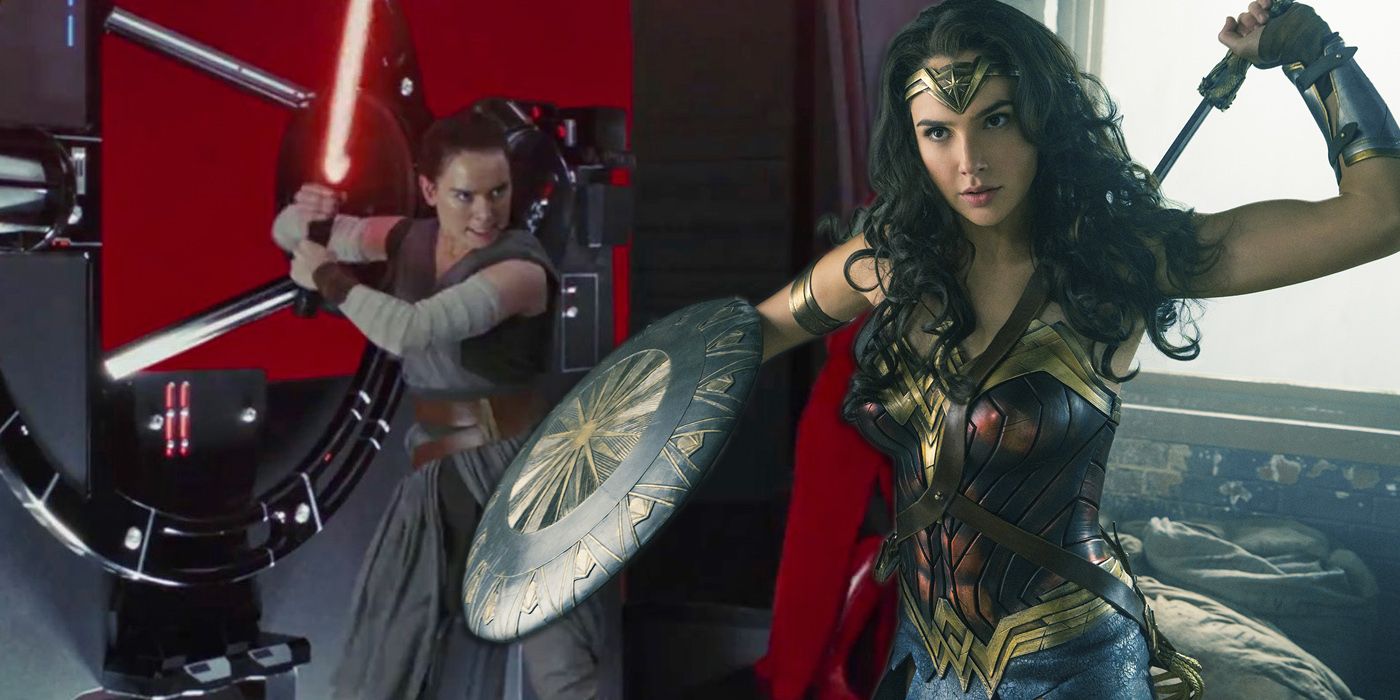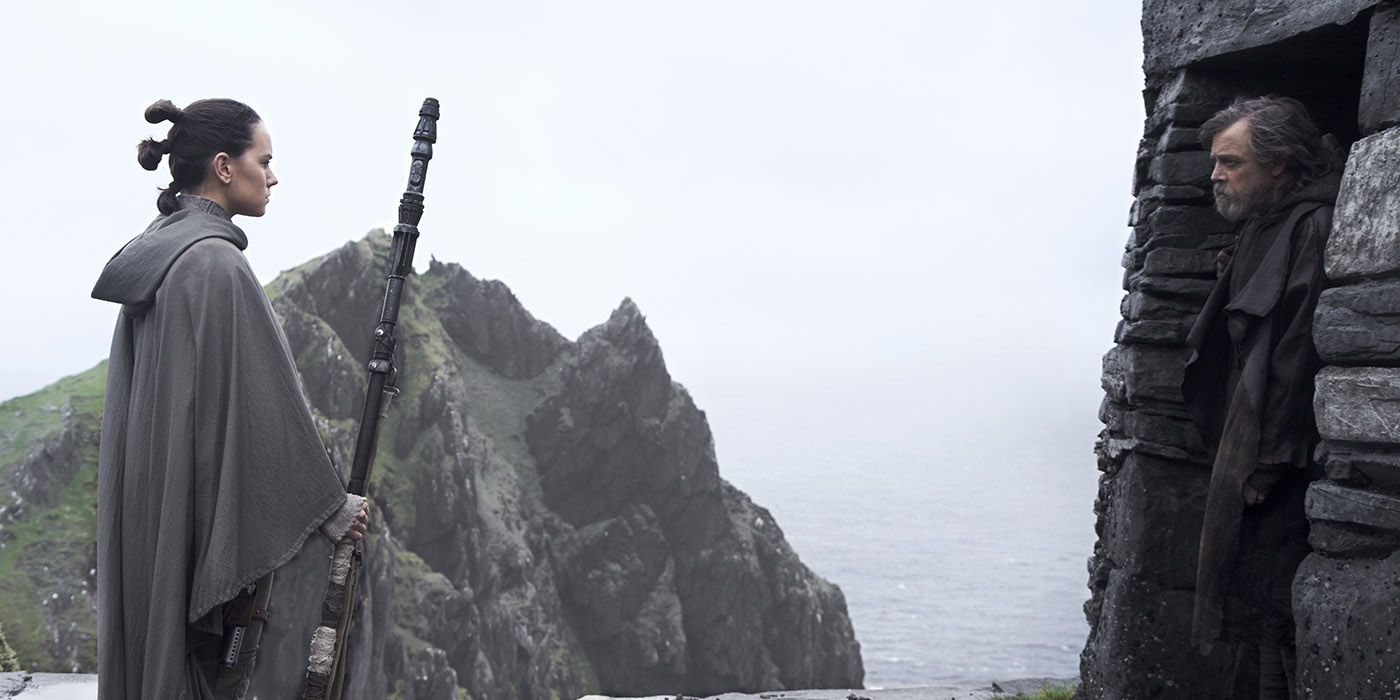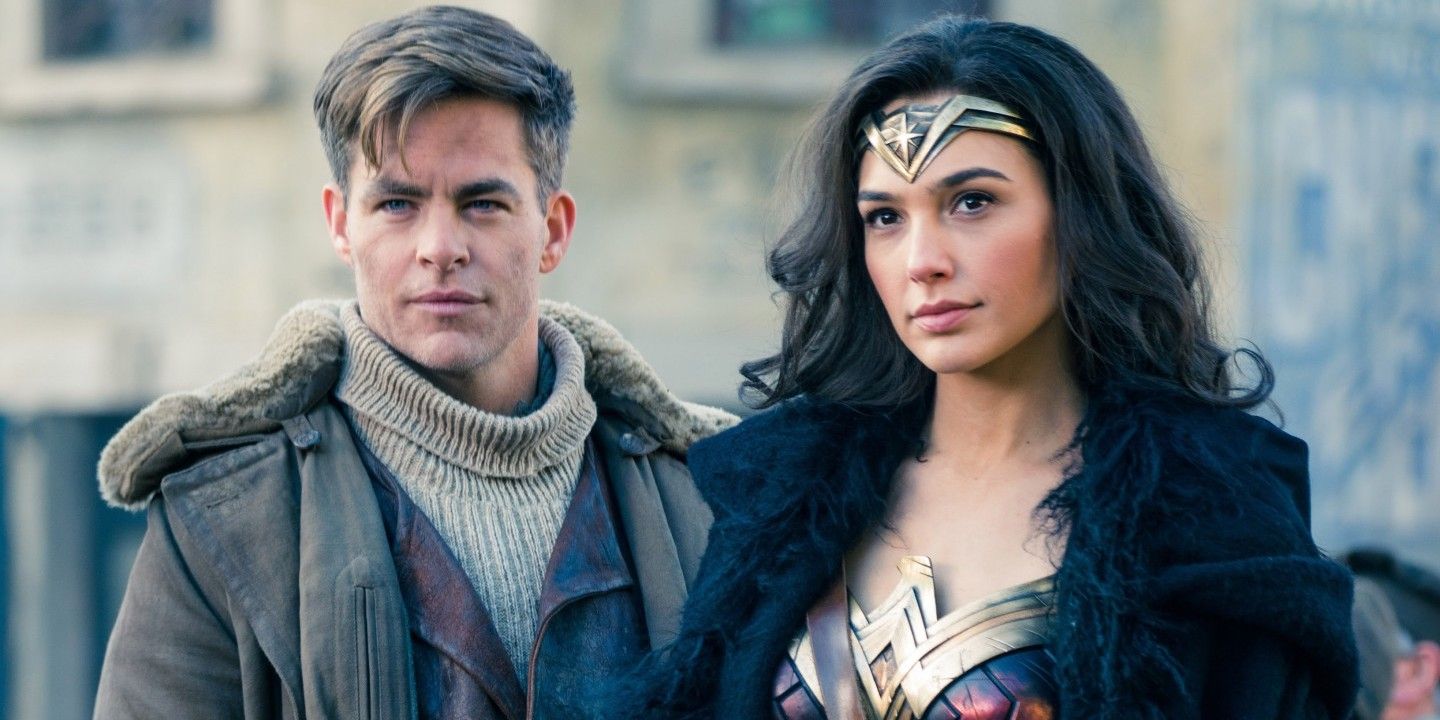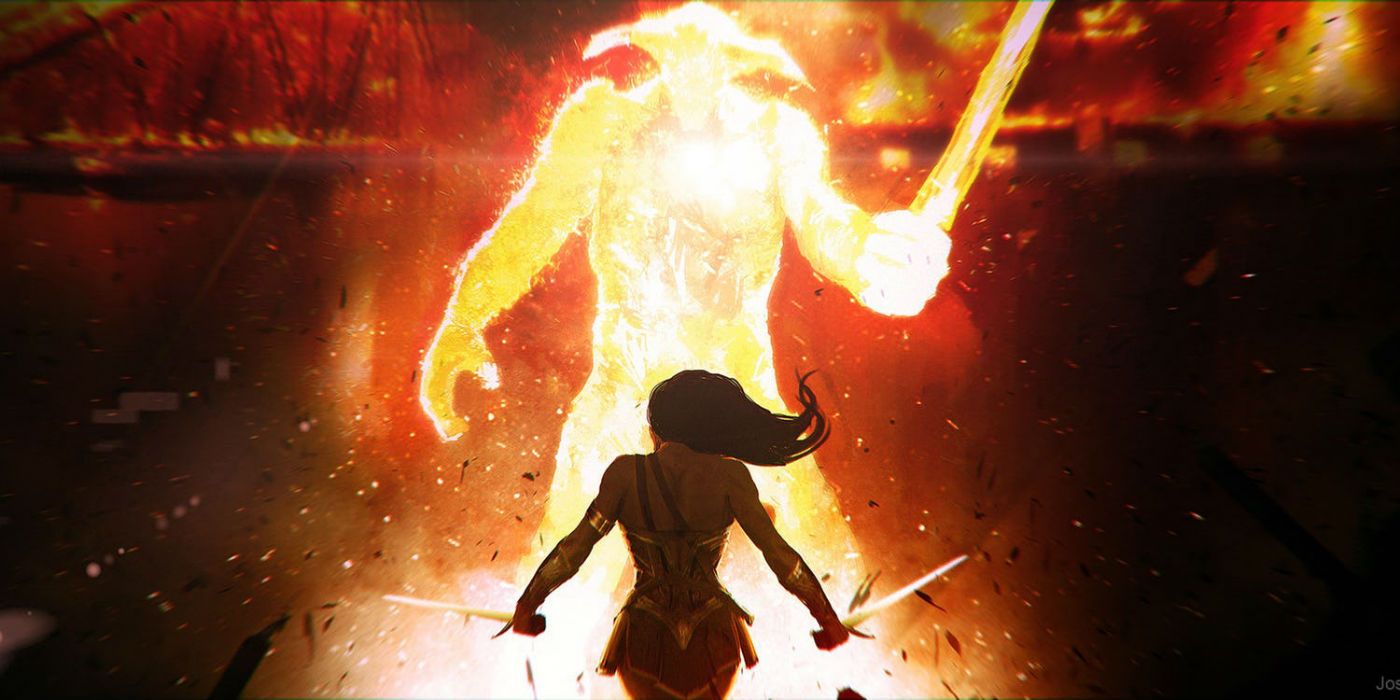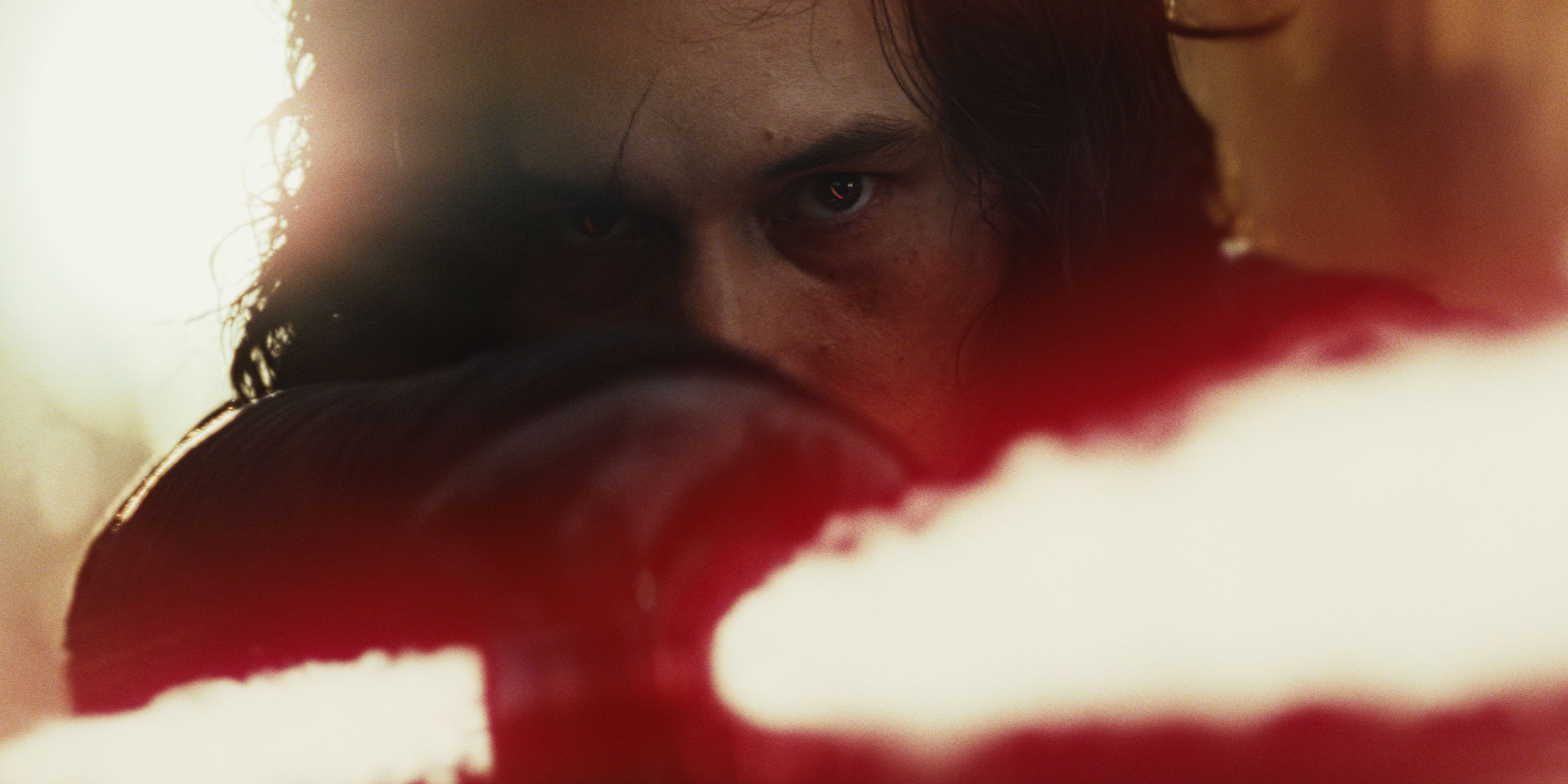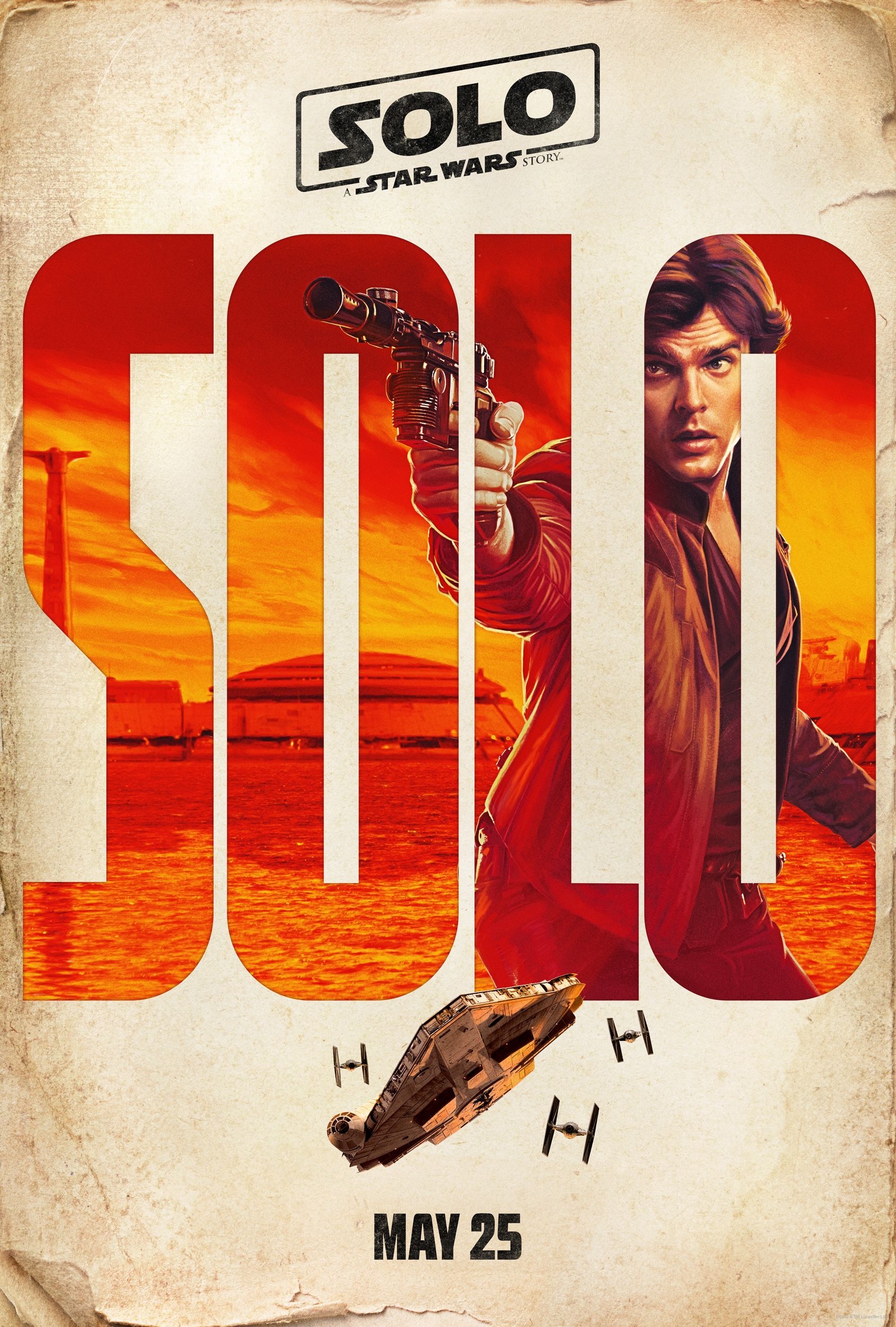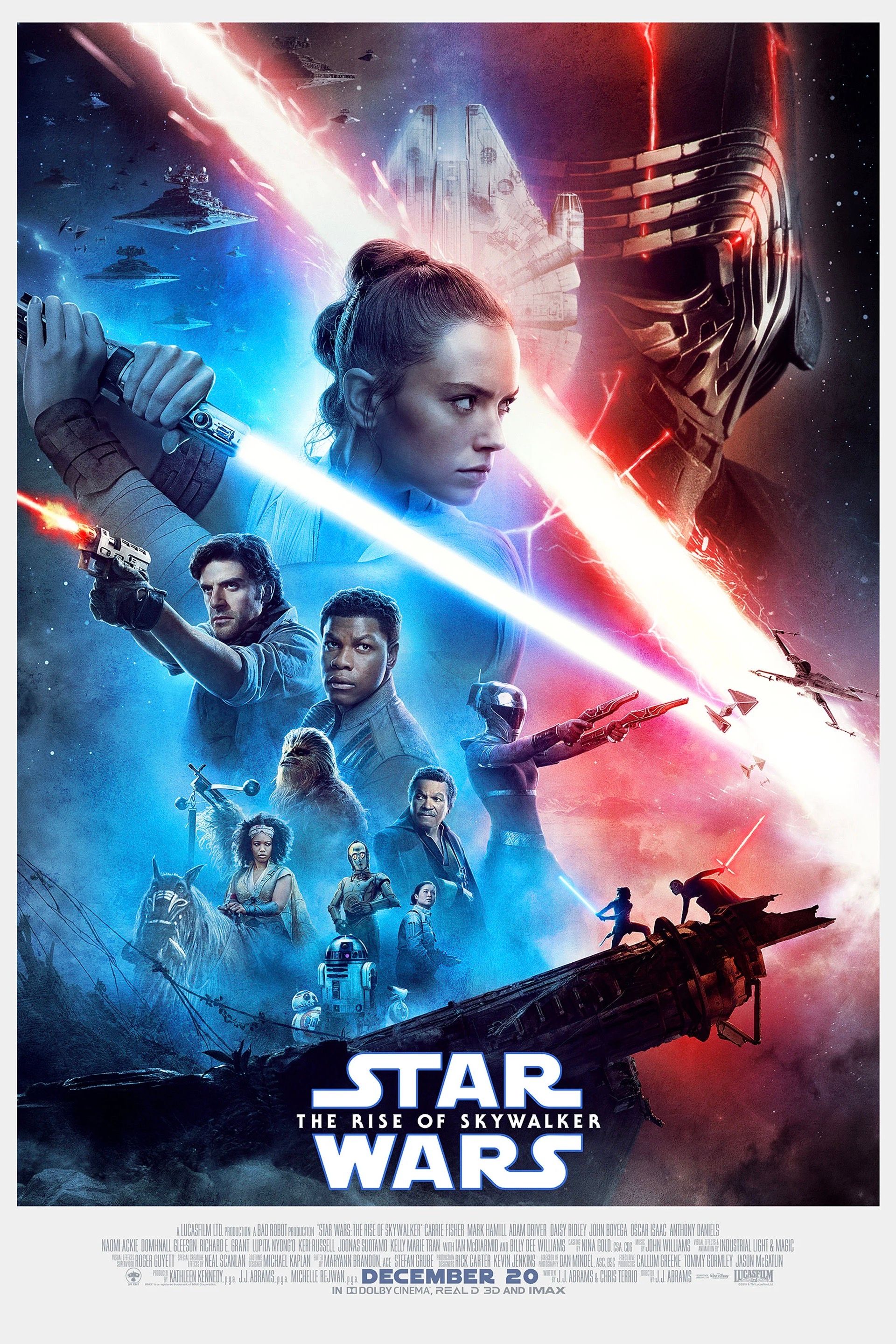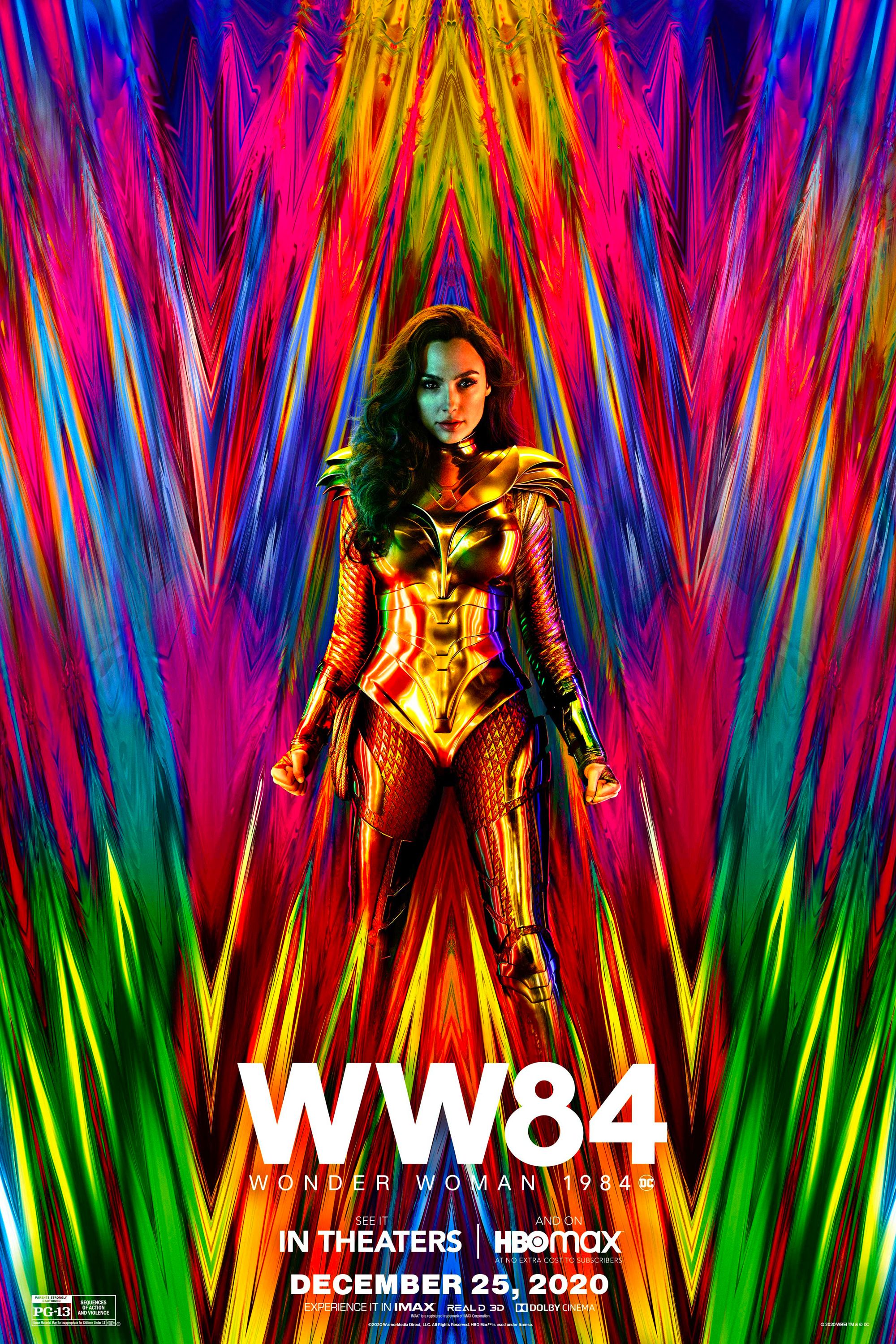Two of the biggest blockbusters of 2017 were Wonder Woman and Star Wars: The Last Jedi - and it seems Patty Jenkins' and Rian Johnson's films are a lot more similar than they initially appear. Both tentpoles told stories about being hopeful and optimistic in the face of oppression and unending struggle; using war as a backdrop, they depict the desperation and fearlessness required to maintain one's sense of good in dark situations, and the camaraderie that comes from fighting alongside like-minded individuals.And, contextually, they're both films that, in one way or another, went against perceived expectation, one becoming a legitimate cultural milestone for the industry, the other causing a meltdown within its greater fandom. And within these broad similarities are a set of contrasting differences that each make the journeys they contain fascinating to compare and all the more satisfying in their conclusions.Rey and Diana's Arcs Are Both About Picking A Side
Rey and Diana's Arcs Are Both About Picking A Side
A core part of Rey and Diana's arcs is reconciling their place in the history and lineage they come from. Diana is the princess of Themyscira, a mythical island hidden from the rest of the world, and at the beginning of The Last Jedi, Rey has traveled to one of the most remote parts of the galaxy to see Luke Skywalker. Finding out about the ongoing World War I from the stranded Steve Trevor, Diana leaves her island home to kill the God of war, Ares, whom she believes to be responsible for all worldwide conflict. Rey, on the other hand, spends much of her film trying to convince a resentful Luke to rejoin the effort against the dark side and its forces, or at the very least to teach her about the force.
Related: 2017 Was a Great Year for Women in Hollywood
The two grew up entrenched within a nigh-inescapable legacy. For much of her life, Rey lived in and around the wreckage of a Rebel vs. Empire showdown. She's figuratively a Star Wars fan, dreaming of what those battles might've been like to fight in while pondering the stories of Luke and the Jedi and the Sith. To her, the war that gripped the Original Trilogy was something that she could only imagine until The Force Awakens shoves her into a new conflict, one drawing from the same historical principles was the one she's spent so long hearing about. Diana is literal royalty from a peaceful, self-sufficient fantasy island. She never had any reason to question what was beyond Themyscira until she heard the news of worldwide turmoil and decided she wanted to help, a desire she faces alone (albeit accompanied with the very human Trevor) because her island home would rather stay neutral.
An integral part of each character's journey is how they learn to take a lead for themselves. Rey finds Luke an older man who's decided staying out of things is better for him and everybody else. She figured he'd be eager to and aid in cutting down the dark side again, instead he's become an embittered recluse crippled by his own resentment at how he failed Kylo Ren as a mentor. Failing to convince Luke to come with her, she decides to try and forge a connection with Kylo, knowing that he was once good, an encounter that almost gets her killed before she ultimately decides what she really wants is to fight with the Resistance, leaving behind an evermore irate Ren. Meanwhile, having left the Amazons behind, Diana finds the battlefields of man filled with desperate stand-offs. Despite Steve's protests, she chooses to break through the conflict herself, creating the iconic No Man's Land scene in her onscreen inauguration as Wonder Woman.
Related: Kylo Ren Is A Better Villain Than Darth Vader
A fundamental building block of these films is developing agency in one's moral core. Diana and Rey learn that in a climate of war, all decisions are a reflection of a person's sense of right and wrong. Inaction is allowing someone else take control, and taking action means picking a side and living with itT, a rather large and daunting proposition in both cases. But it's much more than this pair's arcs.
Star Wars and DC Are Fighting An Unending Battle
The First Order in The Last Jedi are a direct carry-over from the Empire in the Original Trilogy. Some are volunteers who wanted to join the pseudo-fascist conquest of galaxy, while many others are children taken from their homes, enslaved and indoctrinated to the cause. Setting Wonder Woman during World War I is a very deliberate design-choice because it highlights the futility of her ideal of suddenly ending war; while the horrors of the Great War ended, it started a century of bloodshed that would continue right up to present day.
The antagonists of these films are merely current embodiments of the ongoing evil our protagonists face. Sure, Wonder Woman defeats Ares, but she hasn't suddenly convinced the nations of the world to see eye-to-eye and hold more empathetic political discourse. Two decades after the first World War, the second broke out on the back of one of the most heinous genocides in modern history, and that's just considering the conflict on a global scale. Mankind doesn't make it easy for anyone who wants to take up the mantle of grand protector. And yet, because of the selflessness of Steve Trevor, because of the pure, simple joy she witnesses, like seeing people dance after pushing back German forces in a Belgian village, Wonder Woman decides she will fight for humanity forever.
This is even more explicit in the other film. By the time the credits roll on The Last Jedi, the Resistance have managed to just about escape eradication at the hands of the First Order. The remaining rebels are now small enough in number to fit inside the Millenium Falcon, but they are at least alive, and with that comes the chance for salvation. As Yoda opined, each of the main heroes have suffered a different variety of defeat - Rey was unable to convince Kylo Ren to change; Finn and Rose were sold-out to their enemies; Poe's arrogance almost cost everyone their lives. But they still have each other and the chance to live to fight another day, which is hope in and of itself.
Related: The Last Jedi's Final Scene Changes Star Wars Forever (And For The Better)
These are movies about existential evil. Evil that can't be locked up or killed. As enduring as Wonder Woman's fierceness and the Resistance's stoicism are, so too are those they stand against. There will always be people who refuse to accept others, who will look to subjugate those who are different and diminish their ability to live happily and freely. There will always be those who would sooner wage war than let another kind of person exist without fear. There will always be those who look at the ugliest, hate-fueled, nonsensical, angry ideologies and see some sense in them, even be driven towards taking them up due to imagined prejudices or threats in current society.
But there's always a choice to oppose those that seek to do harm. There's always the ability to stand defiant against the oppressive and their enablers. Star Wars: The Last Jedi and Wonder Woman follow heroes that appear to lose everything except their sense of right and wrong. The protagonists are tested, beaten down, all-but-broken, and they come out of it alive and surer than ever of how far they're willing to go to defend their position. Both are about choosing to resist, even when things get tough - especially when things get tough - and in that they're two of the most inspirational films to take away from 2017.
Next: Star Wars: 30 Things You Completely Missed In The Last Jedi

